Pick a Side
I hate centrists. I don’t do wishy-washy. When I hear people say, “Well, I can see both sides,” I want to vomit. Life is too short to not have strong opinions. I believe in taking a stand on things, having a perspective, and making the case for it.*
But in today’s lesson, I’m going to make the case for a middle ground on a topic that I’ve spent years having strong opinions about: golf equipment.
*For the record, I also believe very strongly in changing your mind as soon as the evidence supports doing so.
This Lesson Is For You If:
You think your clubs don’t matter
You think your clubs are all that matters
You obsess over your club specs
You’ve never been fit for clubs
Both Sides Are Wrong
I’ve lived on the golf internet for about twenty years, specifically the part consumed with golf equipment. In that time, I’ve seen a consistent divide that’s sharper than America’s current red vs. blue: golfers who are obsessed with every spec on their clubs against those who think clubs don’t matter. While you might think that a guy who has spent over eleven years running a golf equipment website would clearly side with the former group, you’d be mistaken: I think both sides are wrong.

One Degree of Lie Angle Isn’t the Problem
I could fill books with all the insane things that I’ve seen golfers post on the internet, but my all-time favorite was a guy who insisted that he needed to adjust the lie angle of his clubs depending on the golf shoes he was wearing.
The golf swing is one of the greatest “two things can be true” situations I know. On one hand, it is very helpful to have the proper clubs and specs. Playing clubs that are wildly too long, short, flat, stiff, etc is going to hurt your game. However, so much changes from swing to swing that blaming one degree of lie angle or one swing weight point for a missed shot is like blaming global warming on your grandma for leaving her lights on overnight.

Fun? Great. Excuse? Lame.
Before moving to the other side, I want to be clear about something. If you derive your golf enjoyment from weighing and measuring every grip before you install it, more power to you. My purpose here is not to rob you of the fun of making sure that your swing weights are dialed in to the tenth of a point.
My gripe is with people who want to use their equipment as an excuse. If you know your clubs’ swing weights, your clubs aren’t the problem. Moreover, the loft of your 6I wasn’t an issue when you knocked it stiff on #5, but suddenly it’s the problem because you airmailed the green on #9. Ridiculous. Take accountability for your game, or, better yet, just laugh it off and acknowledge that none of us are ever going to beat golf.
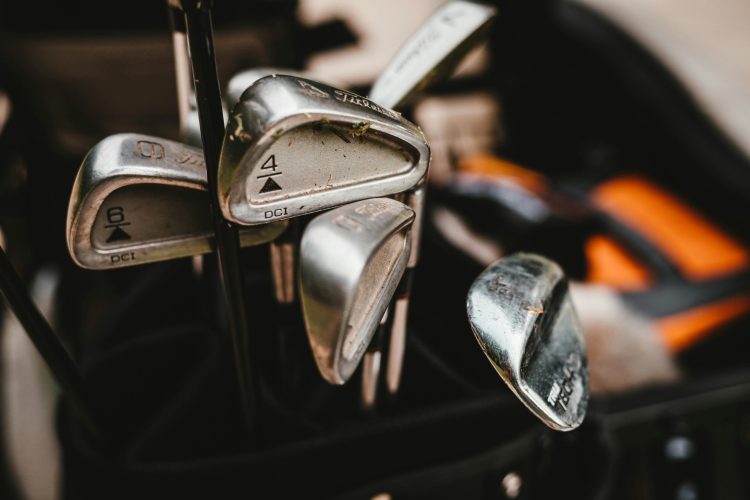
Tour Pros Get Fit For a Reason
While I like taking shots at the people worried about every CPM of their shafts, they’re not hurting anyone but themselves, just annoying those within earshot. On the other hand, I believe that the “clubs don’t matter” crowd is genuinely bad for golf. If you hold this opinion strongly, you’re probably a “serious” golfer. As such, new golfers in your social circle may ask you for advice, and you’re going to hurt their chances at enjoying the game when you tell them to buy some rusty garage sale trash and hit the range.
No, new golf clubs will not miraculously turn a hacker into Sam Snead, but I can tell you firsthand that the wrong clubs can make a decent player look pretty bad. Well-fit clubs can speed a new player toward, “Hey, golf is fun!” or keep an aging player hitting their clubs the “right” distance.
I’ve used the analogy many times: golf clubs are like clothes. Perfectly tailored, tasteful clothes helps everyone look their best. A Saville Row suit will not turn me into a runway model, but it will make me the best version of me. To argue against the importance of clubs is either ignorant or disingenuous, and neither is what you want to be.
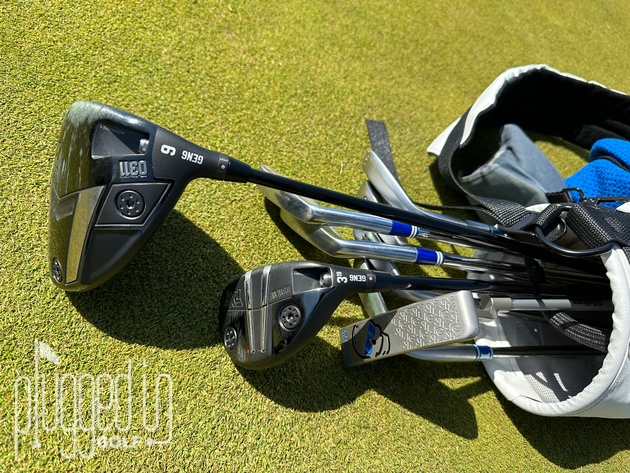
The Not-Quite-Middle Ground
Thoughtful readers will recognize that the two camps portrayed here are not really equals. The equipment people I’m discussing here are outliers among outliers, the true golf nerd caricature, while there are actually a huge number of golfers who espouse that the equipment doesn’t matter. As such, the takeaway from this lesson doesn’t fall squarely between the two but much closer to the gear nerd’s side.
Golf equipment matters a lot. You don’t need to have every single degree tuned to perfection at every moment, but you want to get the big stuff right: the right model of club, the right shaft flex and weight. Get a high quality fitting, trust your clubs, and go enjoy the game.
Find more insights into golf equipment HERE
He founded Plugged In Golf in 2013 with the goal of helping all golfers play better and enjoy the game more.
Matt lives in the northwest suburbs of Chicago with his wife and two daughters.
- Callaway Elyte Hybrid Review - June 3, 2025
- TaylorMade R7 Quad Mini Driver Review - June 2, 2025
- Newton Fast Motion Shaft Review - May 30, 2025



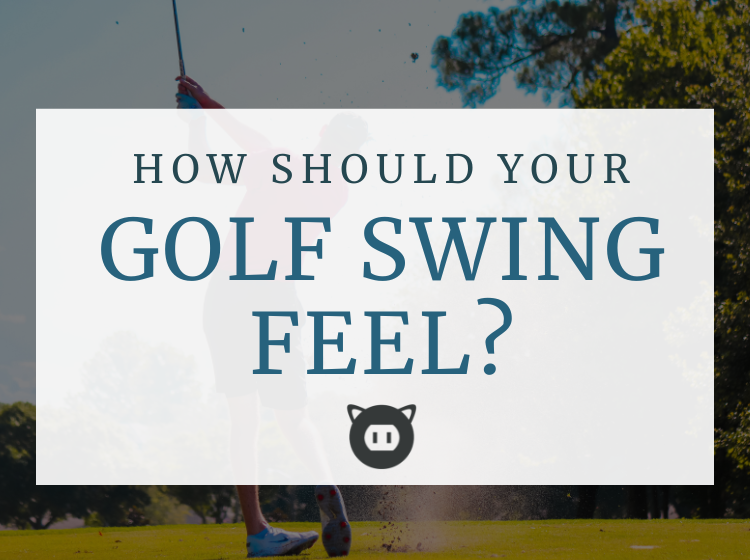

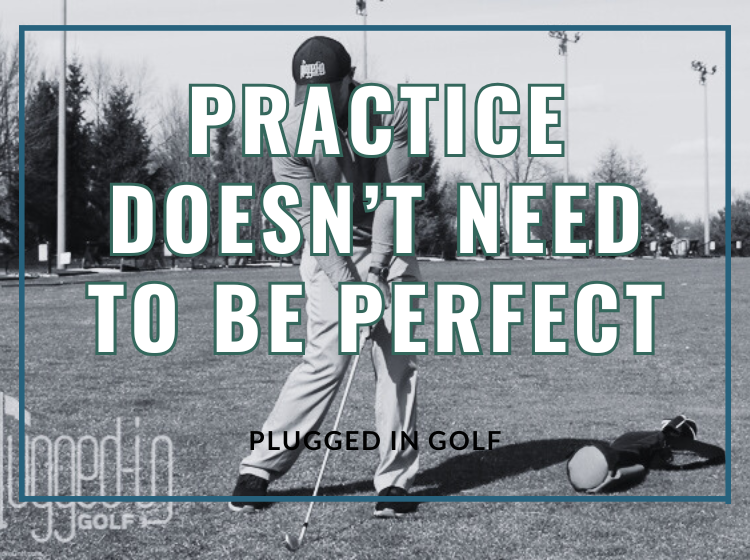


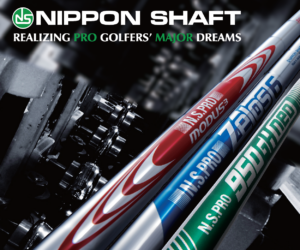







17 Comments
Man, I wish most golfers had this mindset. Great read Matt!
Thank you!
Very well said, Matt!
Thanks, Mike!
Yes sir. Wisdom well-said here.
While I agree with what is in your article, I think the big problem is this statement: “Get a high quality fitting”. New golfers or those that are still trying to figure out the game don’t need a $400 fitting and $3000 worth of clubs with exotic shafts. These players need basic fittings that can help them find lower cost or even used clubs that will help them get the ball into the air. The word “fitting” is thrown around with no qualifications yet there are different types of fittings that come at a variety of price levels. We should have a way for players to get fit and a set of clubs at affordable prices to help get people into a game that is perceived to be elitist and expensive.
Chris,
Please find where in the article I said new players need $3,000 worth of equipment or exotic shafts. I’ll wait.
A brand new player should have clubs that fit their body and are generally the right weight and flex. Once you’ve decided you’re serious about the game, you can go to the next level of dialing in specs.
I would love it if golf were more welcoming and less expensive; I write about that all the time. I wish high quality fittings were more readily available. Unfortunately, the reality is that going into a big box and asking for a fitting is a total crapshoot. Sometimes going to an expensive fitter is an equally random roll of the dice. It’s the same thing with lessons, which is why I’m so opposed to the “Everyone should invest in lessons” argument.
-Matt
I agree with you, but the general perception from average golfers is that when someone says “fitting” they are talking high dollar type fittings. Just another misconception about this great game and the generic labeling of “fitting”
Matt, I agree with most of what you’ve said here with a couple of extra nerd points: looks and feel are important for a lot of players as well as playing what you should, not what you think you should!. For you, me and I’m sure many others, finding an iron set that we can hit higher and gain consistent distances is pretty important as well as getting fit properly. Thanks for a good article that made a lot of sense for this super senior!
Great article Matt.
There’s room for all attitudes to equipment,
Although I do feel over emphasis on new equipment. But 100% agree a good lesson from a good teaching pro goes a long way.
If the ‘gear doesn’t matter’ brigade want to think that fine, it’s afrre world, similarly the techys have a voice too….
“Medical Science has made such tremendous progress that there is hardly a healthy human left.” (Aldous Huxley)
Golf tech in clubs has come a long ways in 20 years. I do like the fact you can find adjustable lofts and moveable weights in Hybrids, Fairways and Drivers. Most distance gains in irons are due to much much stronger lofts. The shafts for both irons and woods have also gotten lighter and stronger. IMO, the most beneficial technology is the golf ball and not clubs. I think “getting properly fit” is the most overused slogan and probably leads to more mental anguish than this side of shanks. At minimum, though, iron lie should be adjusted for your body and swing type unless you go take a lesson and it changes your swing. BUT if were talking putters, that’s whole other thing :-)
Rick,
While stronger lofts are part of the story, there’s a lot more driving iron distance: /are-distance-irons-longer-than-blades-golf-myths-unplugged/
What is your argument against “get properly fit” and why do you think golf ball advances trump club advances?
-Matt
You saying that “stronger lofts are part of the story” is like me saying Eggs are part of what makes egg salad, which is true but on the other hand, distance irons without stronger lofts is like egg salad without eggs, you just can’t have one without the other. I read the link, and good read btw!
re: Properly Fit: my question, when would the best time to get fit? Do you take lessons first then get fitting or vice versa? Not all fittings are actually neccessary to become better at golf, you probably already know that most strokes lost are not usually from bad shots but from bad course management, not usually from drives or approach shots, but short game and putting. I am a proponent of taking lessons and having a general understanding of ball flight.
On a personal level, I cannot see how I can save any strokes using a fitter. I just can’t convinced myself that proper fitting would help me become a better golfer, that part is 100% up to me. Now, don’t get me wrong, I do purchase clubs online from a major mfg, but not before I’ve done research on the shafts and heads and go to a shop that has them and I can see them for myself. I do have the LIE adjusted by mfg and then have them checked locally. So far for me it’s worked out, knock on wood…
re Ball: I figure that the USGA and R&A are on to something when they agreed to roll back golf ball distance. It all began in 2000ish with Tiger Woods new NIKE Tour Accuracy, By 2000-01 drivers were already over 350cc, Callaway Big Bertha irons were long but it wasn’t till the solid core ball did this distance craze start…
Matt, enjoyed all the reads, thank you! Keep it going…
Rick,
I have numerous articles here on all aspects of fitting: /category/instruction/equipmentandfitting/
I don’t agree with your statement about bad shots vs. bad course management or long game vs. short game. “Drive for show, putt for dough” (which is not exactly what you said, I am not trying to put words in your mouth) has been thoroughly debunked. And the lessons vs. fitting is a false dichotomy: you can do both.
If you’ve never done a fitting, how do you know what it would or wouldn’t do?
On the golf ball, we do agree. I’m disappointed in the way it’s being done – I wanted bifurcation – but I’m happy to see it get rolled back.
Best,
Matt
I went for my first and only fitting, a full bag, seven years ago at age 61. Had to drive 90 minutes to get to the golf complex, nothing closer where I live.
Didn’t know what to do, so I arrived with my current set of clubs. He proceeded to fit me into the same brand of club without evening trying anything else. Plus, my 7-iron was and still is my go to club for 150 yard shots. On his indoor launch monitor, it showed I was hitting the new 7-iron 170 yards. Obviously, this was done to try and sell me on the new clubs.
Well, it worked and I hated the clubs for the 5 years I had them. Went from 10.5 degree to 9 degree driver and from graphite to steel iron shafts and from regular to stiff flex on all clubs. Struggled to get anything airborne for long.
Therefore, I am very suspicious now of ALL club fitters. Had such high hopes for sweet clubs, only to spend all that time and money with in my opinion, the wrong clubs.
Went back to off-the-rack clubs afterwards and am doing much better with them.
Would absolutely do another club fitting if I knew I could trust the fitter.
I wrote this in a reply to another comment, but I’ll say it again (in a slightly different way): the golf industry has a HUGE problem with bad fitters. What I don’t understand, however, is why golfers get suspicious of fitters after a bad experience but they don’t react the same way to bad teachers. Golf has an equally HUGE problem with bad teachers. I would actually argue that a bad teacher is worse than a bad fitter (I think that’s an article or video onto itself that I’ll write at some point).
I am always sorry to hear when someone has a bad fitting experience, both for the waste of money and time. I’m glad you’re in better clubs now, and I hope you have a great fitting in your future.
Best,
Matt
Great info. I really have to laugh sometimes at how petty some of the better golfers get at some of the little things about their clubs that they think is wrong. It usually has nothing to do with their clubs if they played a stroke worse today than yesterday. They are often forgetting one component of the swing, their body. Your body is never exactly the same from one day to the next so your swing will also have minor differences. Don’t laugh at this one because it is true but who would think about it. How well your body clears itself of all waste matter in the morning can affect your game that day. If things are fully cleared your pelvic area will feel somewhat empty and that will be your best day of golf. You will likely even hit the ball 3 or 4 yards longer those days. If you are overweight this will not happen. If you eat something the previous evening that your body has trouble clearing your game will not be as good that day. Think about this.